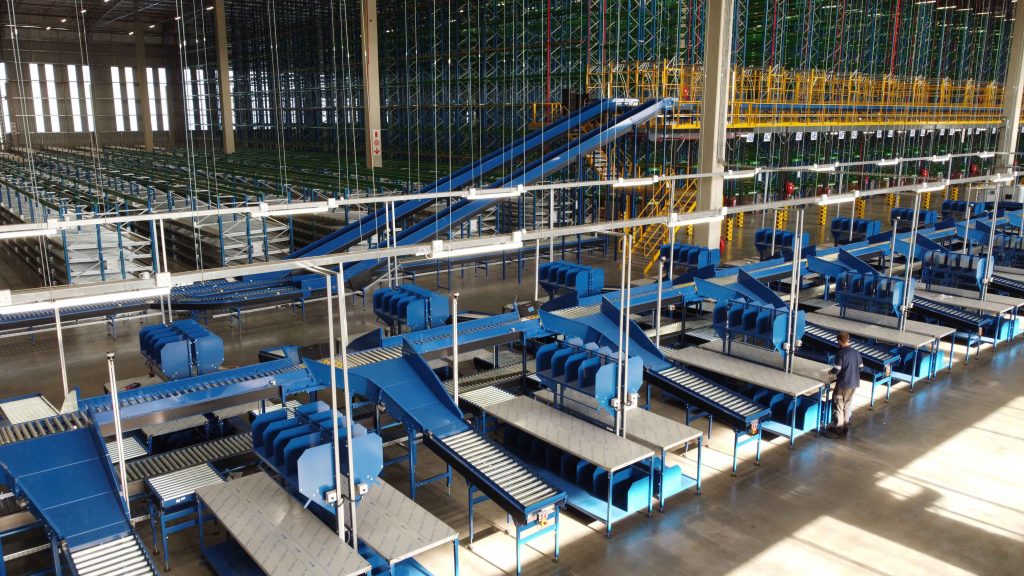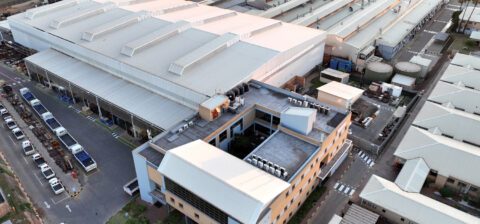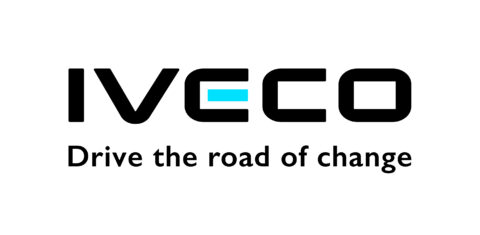Sunday Times Supply Chain
A Supply Chain Boosted By Digital Technology
The focus of the modern supply chain is on the management of data, services and products, which are bundled into solutions. Whereas historical supply chain management revolved around “where and when”, 21st-century supply chains rely on product and service quality, delivery, costs, customer experience and profitability.
According to IBM, a typical supply chain system accessed 50 times more data in 2017 than just five years earlier – and that number has inevitably skyrocketed over the course of the last two pandemic-affected years. Modern supply chains need to take advantage of massive amounts of data generated by its processes. This must be analysed properly, in real time, with a focus on optimisation at each step.
Pandemic acceleration
Neptek MD Richard Nepgen says that the deployment and adoption of technology in the supply chain has been phenomenal over the last two years. “Challenges in shipping, reducing handling and touching of items and paperwork, long lead times to get stock from manufacturers, and e-commerce growth have accelerated this exponentially.”
Crossroads Distribution CEO Arend du Preez says that for companies that already had an eye on the future, the pandemic has accelerated the adoption of technology by about a year. “We had been focusing on harnessing the power of technology in our supply chain for a while, but sped up things like the electronic processing of documentation from our customers, which we’re now able to integrate into our system in any format.”
The acceleration of technology wasn’t only in the supply chain steps themselves, but also in terms of how companies adapted to operating under lockdown and riot conditions.
Leaders and laggers
South Africa has a reputation for being advanced in certain technological spaces and lagging in others. Crossroads Distribution IT manager Warren Charles feels local logistics is a case of the former. “We use a lot of advanced technology, which positions us as leaders in certain aspects, while some local companies are leaders in their sectors. That said, there are a lot of companies not using modern technology at all – the split between the two sides is quite dramatic.”
ZacPak MD Willie Nel says that areas like access control have been boosted over the last five years, leading to the gathering of a lot more information from a fairly simple technological change. “There’s been a lot more focus on prearranged visiting times to avoid congestion. That’s led to us gathering more information in terms of our clients’ trucks and drivers, when we scan licences as part of the process.
“Security and risk control were the goals, but the ancillary benefit has been that we’ve actually been able to track which trucks and drivers have valid licences, as well as understand what that means if the truck gets into an accident.”
Nepgen says the South African freight, logistics and warehousing industry is advanced in terms of the use of handheld devices, enterprise resource planning (ERP) systems, and transportation and warehouse management, but some companies are definitely evolving faster than others.
“Those who are lagging will need to shift in order to stay competitive and maintain service delivery levels,” Nepgen says. “In the parcel express and distribution space, we are seeing clients moving more to in-line automated scanning, weighing and volumising, as well as automated parcel sortation systems. Automated picking, using robotics and automated storage and retrieval systems, hasn’t taken off yet, but I believe this will be the next phase.”
Charles says Crossroads Distribution’s focus is on driver safety, leading them to deploy things like real-time geotagging, which governs the availability of the technology in the vehicles. “The more manual interventions we can remove, the more time and energy can be spent on managing the well-being of drivers. Some of the technology in the vehicles doesn’t switch on until the driver is close to or at the location, so it doesn’t distract them.”
Technology hurdles
Connectivity and network stability come up time and again in discussions around what’s holding back the adoption of technology in the local supply chain industry.
“Connectivity in South Africa is still prohibitive in terms of cost, so much of the country isn’t covered by the major mobile providers – never mind the challenges and huge expense of connectivity when it comes to cross-border transport,” says Du Preez. “5G coverage is growing, but only really in the metro areas. We want to get to the point of having the ‘connected cab’, but can’t because of unreliable and expensive network access. This is key to giving our drivers all the necessary tools to be safe and manage our business more efficiently.”
Du Preez says that, given better connectivity, Crossroads Distribution could deploy tools like artificial intelligence (AI) cameras in-cab, which could help manage distraction and driver fatigue. “These technologies bring safety to the fore, helping to cut down on road incidents for drivers and other road users. Having a communications centre in the cab could help us warn drivers of hazards and inclement weather on the route, and even suggest redirection to maximise safety and efficiency.”
Embracing a tech-led future
Nel believes that blockchain technology is going to change the market eventually, but for the moment, even shifting away from email communication to alerts for milestones would allow the industry to take a quantum leap in efficiency. In terms of Fourth Industrial Revolution technologies like AI, he says that these play a role in the throughput environment of freight forwarding, but have much more weight upstream in the supply chain. “Developing algorithms to tell drivers where to place FMCG stock most efficiently in terms of shifting it quickly works, but in freight forwarding, the best place for AI is in load planning and ship chandlering.”
Nepgen says that supply chain participants need to look at their operations across the board, identify inefficiencies, and understand how they can improve or remove them to lower operation costs and drive productivity. “The best way to remove inefficiencies is to remove mundane tasks and multiple handling, improve ergonomics and keep the solution simple. In South Africa, whatever solution one comes up with needs to be simple, easy to operate, reliable and efficient. It also needs to be foolproof and robust. The technology should furthermore be locally supported with quick response time where possible.”





